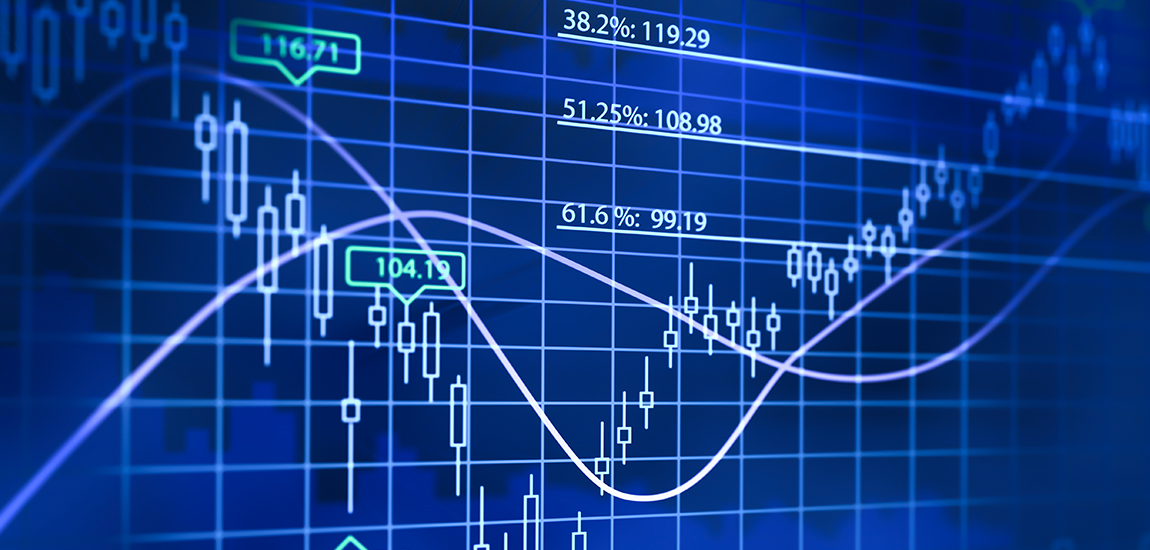
Options Market Year in Review:
Flood of Liquidity and Strong Market Quality
Published
Multi-list options broke nearly all volume records in 2021, driven by the growth of retail participation: daily records (24 of the top 25 volume days of all-time came in 2021), monthly ADV records (April was the only month from 2021 not in the top 12 all-time), and yearly ADV records (37.3M ADV in 2021 was nearly 10M more than in 2020 and double the ADV in 2019). Electronic trading products, the preferred method for retail trading, grew as a proportion of industry volume since Q1 2020, and the average trade size remained lower than in Q1 2020. This increased market participation contributed to a net improvement in market quality relative to pre-pandemic trading conditions.
Market Quality
Options market quality was mostly stable during 2021 relative to 2020. Quoted spreads (measured in basis points) widened slightly in Q1 amidst the highest trading volume quarter ever, the beginnings of meme stock activity, the Presidential inauguration, and shifting expectations for fiscal and monetary policy. Spreads gradually tightened through the rest of the year, while posted size (measured in $ of market value) extended its late 2020 recovery to higher than pre-pandemic levels.
More evidence supporting the improvement in liquidity came from our Unmatched Liquidity Index, which was at or above the pre-pandemic indexed base value for much of the last 3 quarters of 2021. This was indicative of a higher proportion of (unmatched) order volume available for traders to interact with in the open market relative to “pre-matched” volume from paired QCC and auction trades.
Unmatched Liquidity Index
SPY vs SPY Volatility and Skew
The SPY share of total options multi-list volume was at multi-year lows in 2021, but with several spikes in volatility in the second half of the year, SPY concentration increased from a June low of 9.4% of industry multi-list volume to 15.1% in December.
Put skew in SPY options also increased into the end of the year with increased demand for puts compared to calls. In our last post, we noted that SPY put skew was at its high for the year in September as investors braced for multiple negative catalysts, not least of which were expectations pulling forward a Fed taper and rate increases. In the 2nd half of October, many of those fears subsided, the market rallied, and SPY skew dropped to its lowest level since April 2021.
The calm did not last long with several elevated inflation readings that led the Fed to drop the word “transitory” when discussing inflation. Then there was confirmation of the Fed taper and general acceleration in the number and timing of expected rate increases. Long duration growth stocks responded negatively, and SPY put skew increased into the end of the year and approached the September high.
Activity Increased in Options Overlying Higher-Priced Symbols
Options Share of Contract Volume by Price
Intraday Trends: Distinct Trading Floor Flows
Trading floors remained around 6-7% of industry volume and continued to mainly handle specific types of customers and order flow. We observed a persistent trend in Put-Call ratios that were in opposition to each other between Electronic and Floor trades. In each quarter of the year, Put-Call ratios in Electronic trades gradually increased during the day, while such ratios in Floor trades decreased during the day. These opposing drifts highlight the diversity of order flow across different components of the market and suggest access to various sources of order flow is important to meet different liquidity needs throughout the day.
Put-Call Ratio by Trade Type (2021) - All Venues
Conclusion
The recent volatility environment has flooded the options market with volume, improving displayed market quality and revealing distinct patterns for different types of order flow. With more Fed action expected in 2022, the market could continue to experience periods of heightened volatility and volume around rate decisions. At the same time, recent work and social patterns may change as we proceed through the pandemic. If so, it will be interesting to monitor whether strong retail volumes will persist or begin to revert to pre-pandemic levels. Any major change in market participation could impact market quality and trends in Electronic- and Floor-specific trading and force market participants to adjust their behavior.
NYSE Research Insights
Find all of NYSE Research's articles on market quality, market structure, auctions, and options.